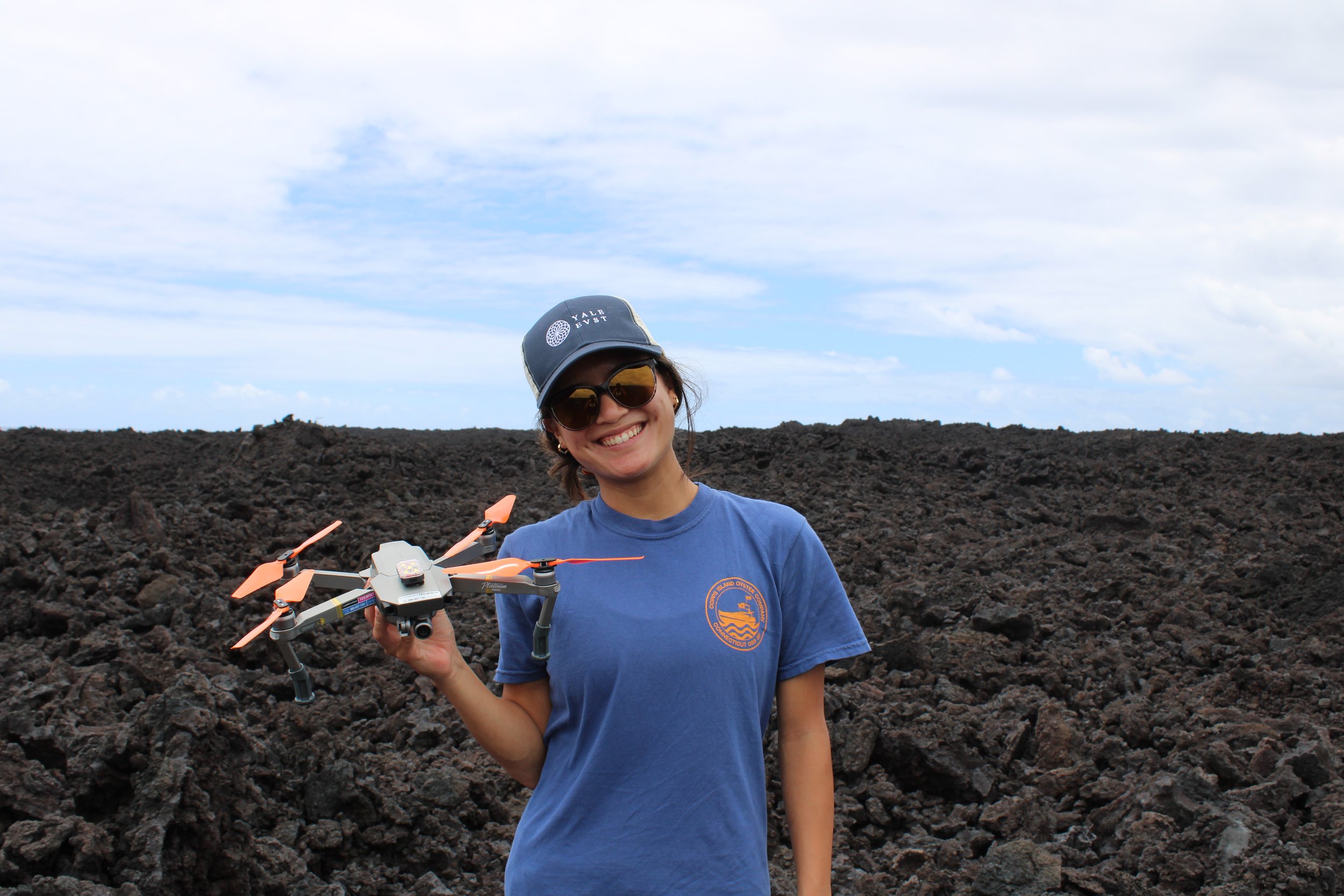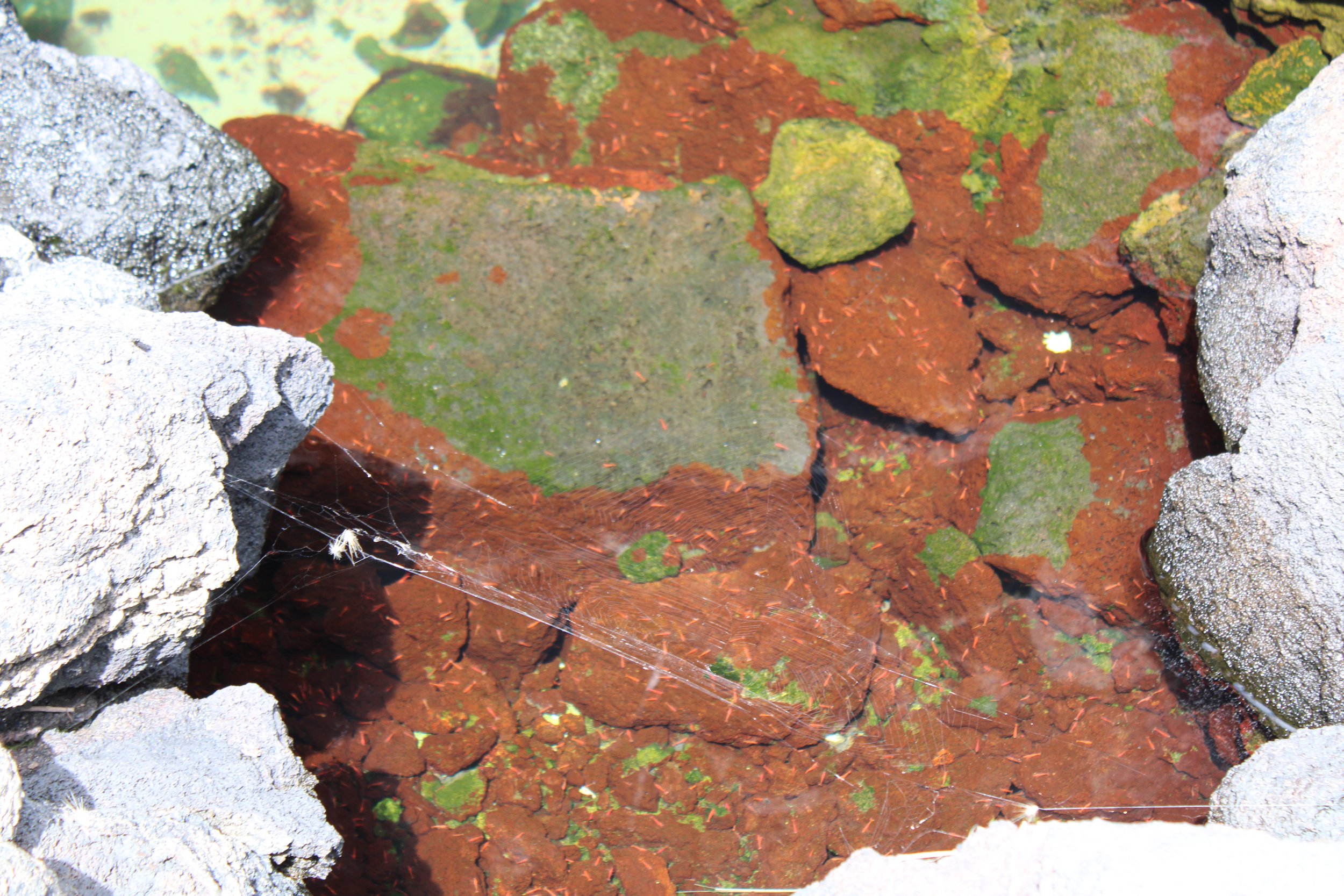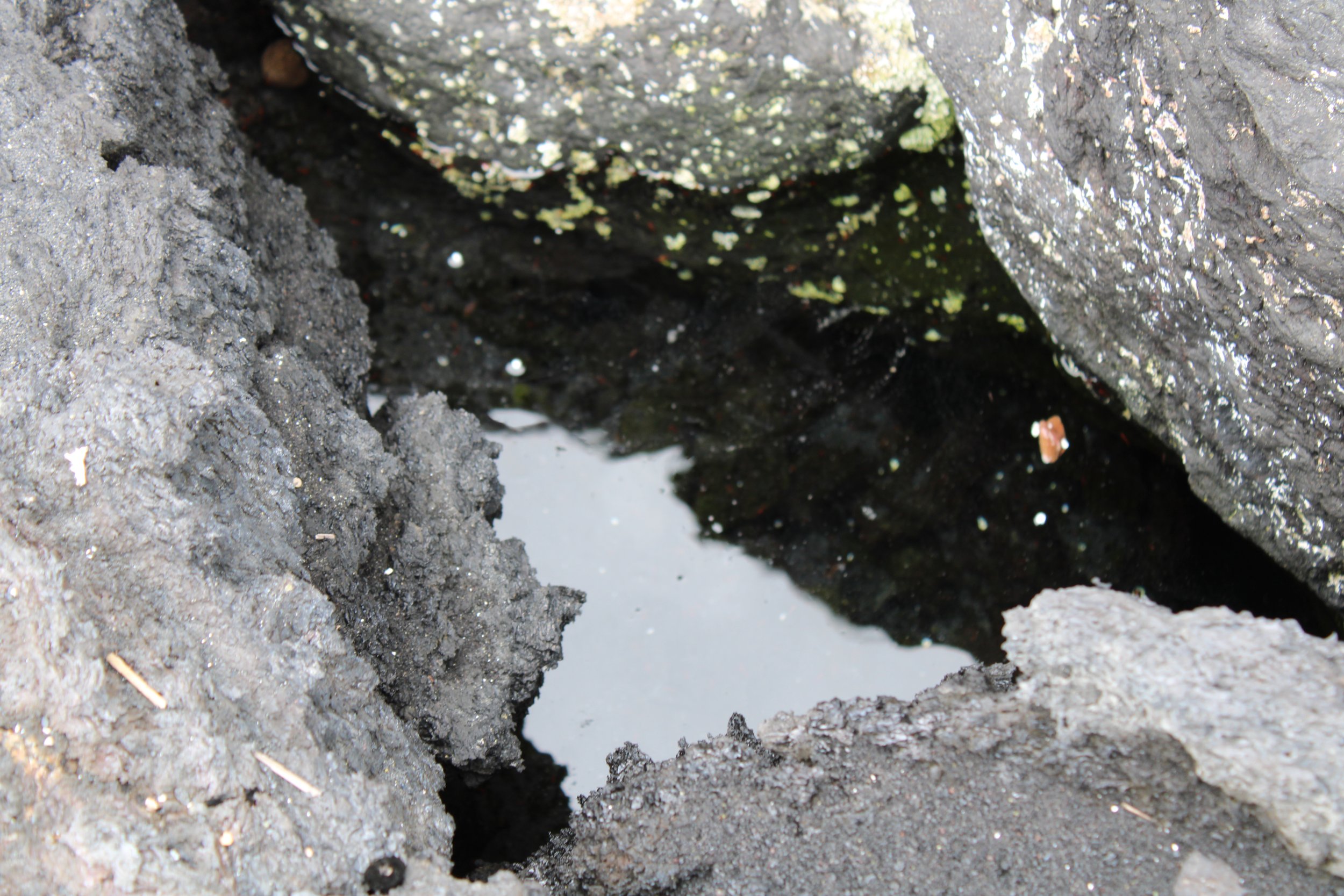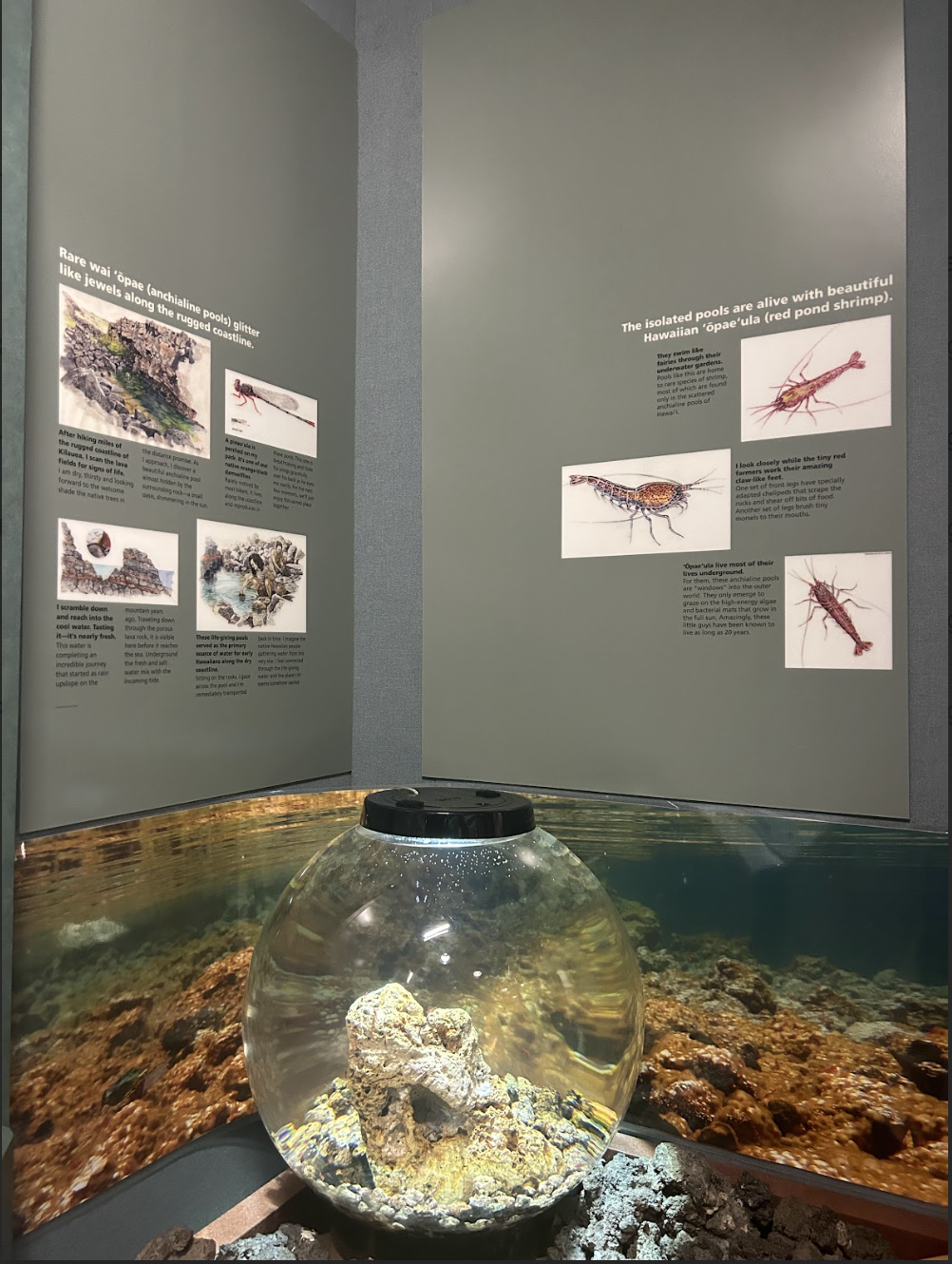This post is part of Grace Cajski’s 2023 Global Food Fellowship.




As an English and Environmental Studies major, I know environmental writing does two important things. Firstly, it creates a record of how humans have interacted with the environment in the past; how they have treated it; how they have conceived of their role in it. Thoreau's Walden, for example. But literature also shapes the way we interact with the external world. It catalyzes action; it proposes new modes of existing within nature; it redefines things. I think of Rachel Carson's Silent Spring.
Anchialine pools in Hawaiʻi Island could benefit from both these aspects. The pools are taken care of by a community whose work, knowledge, and values I find admirable—people we could learn from. And yet, so few people know of these ecosystems, even though they are case studies of the danger of invasive species, human encroachment, groundwater overuse, sedimentation, and so on. A piece of environmental writing about anchialine pools could celebrate the caretakers, record their knowledge and inspire action by bringing the pools into public awareness.
When I was researching fishponds in Hawaiʻi two summers ago, I learned what anchialine pools are; I even saw some. They are bodies of water that sometimes look like unassuming puddles, but are actually brackish, connected underground to both freshwater and seawater. They are dynamic and resilient ecosystems, culturally and ecologically important (small shrimp native to the pools were often used as bait). They are home to some of the rarest marine species on earth. They provide habitat to endangered damselflies.
A project to write about anchialine pools for a broad audience that isn’t yet aware of them would be a fitting capstone to my undergraduate studies, I thought: so this is my yearlong senior thesis for Environmental Studies, advised by Alan Burdick.
I spent three weeks this summer on Hawaiʻi Island. I interviewed caretakers and other stakeholders. I joined the Division of Aquatic Resources for fieldwork. I researched and read. I worked with the Hui Loko, a group of anchialine pool and fishpond caretakers, to produce a StoryMap; now I’m writing the story itself.
It has been an inspiring, educational, and fun project—one more glimpse into how coastal communities can and are feeding themselves in a changing world. Thank you to the Yale Sustainable Food Program, a community I cherish.
This project was also funded by the Franke Program, the Yale Law School Law, Ethics, and Animals Program, and the Yale Center for International and Professional Experience.
Explore more through Grace’s ArcGIS Storymap here.
